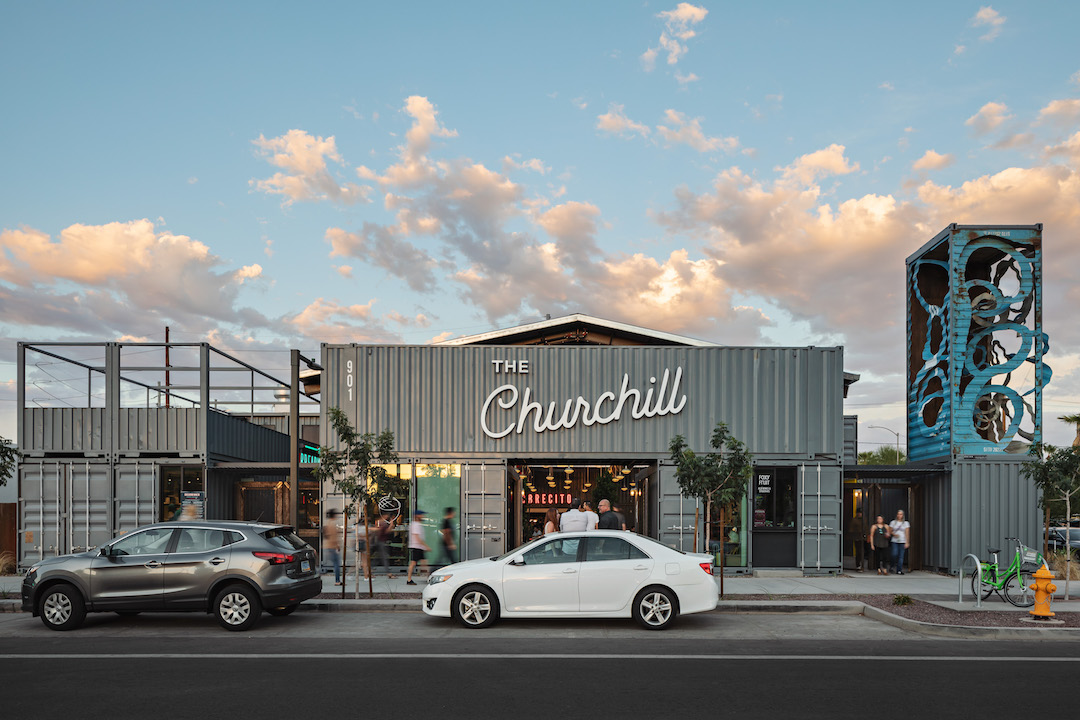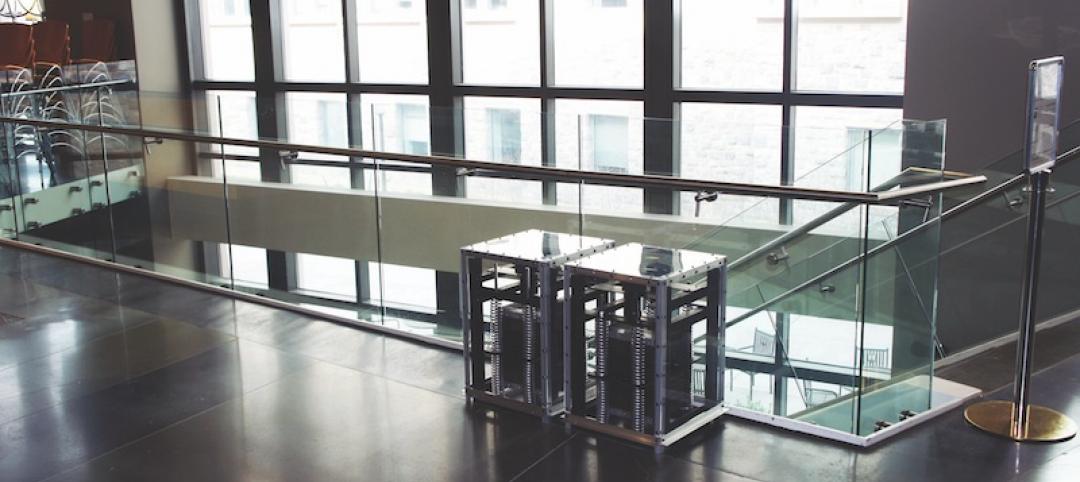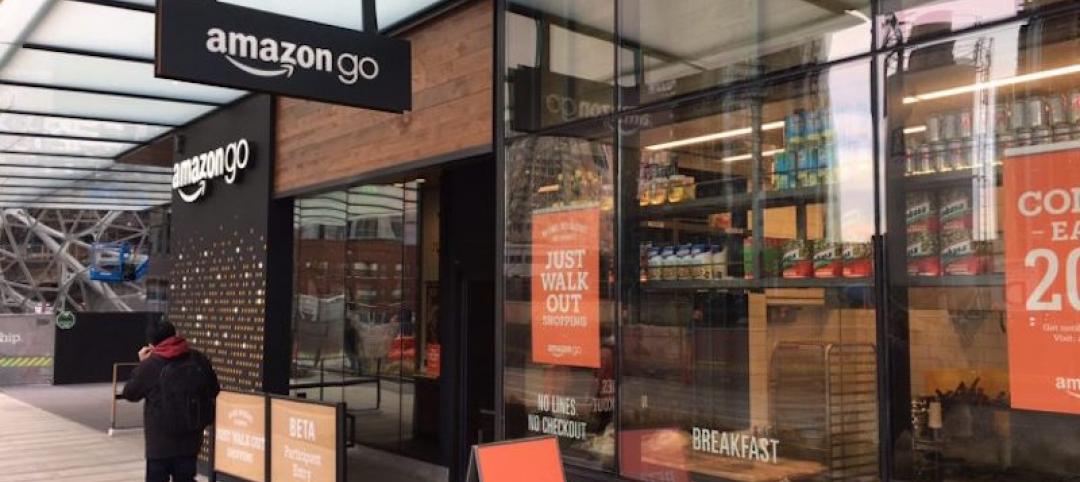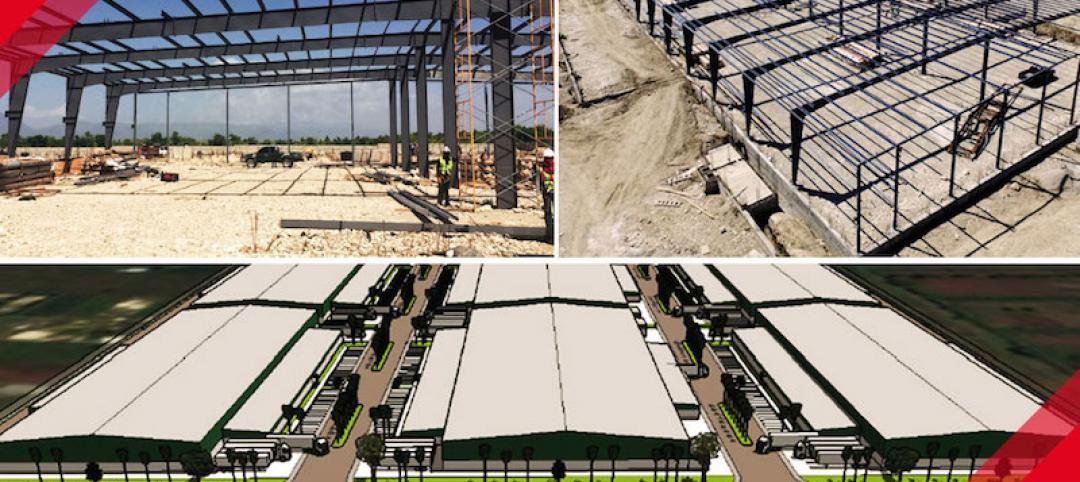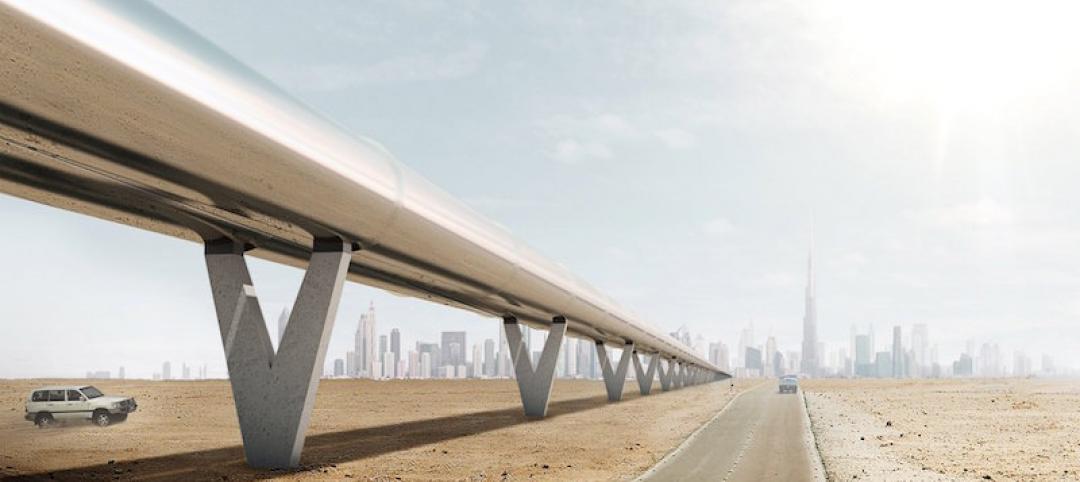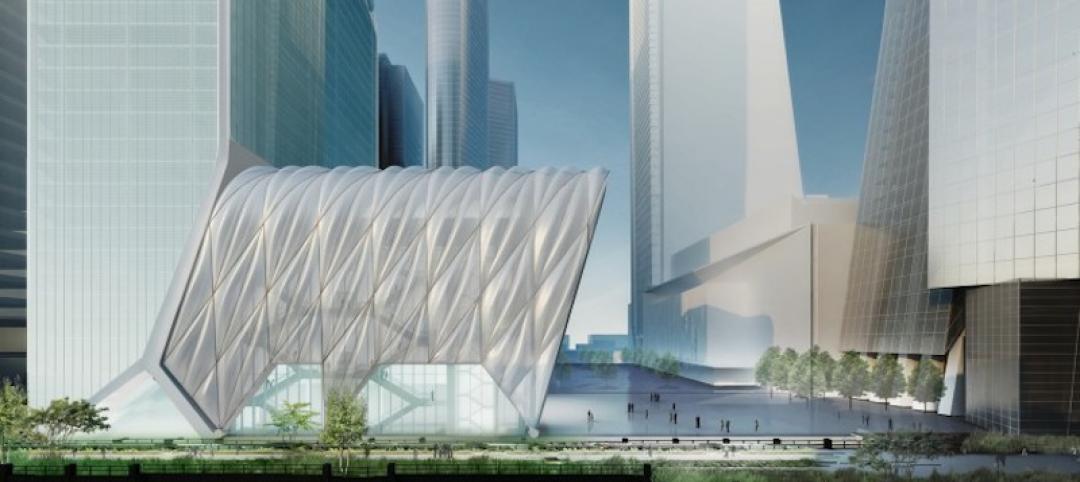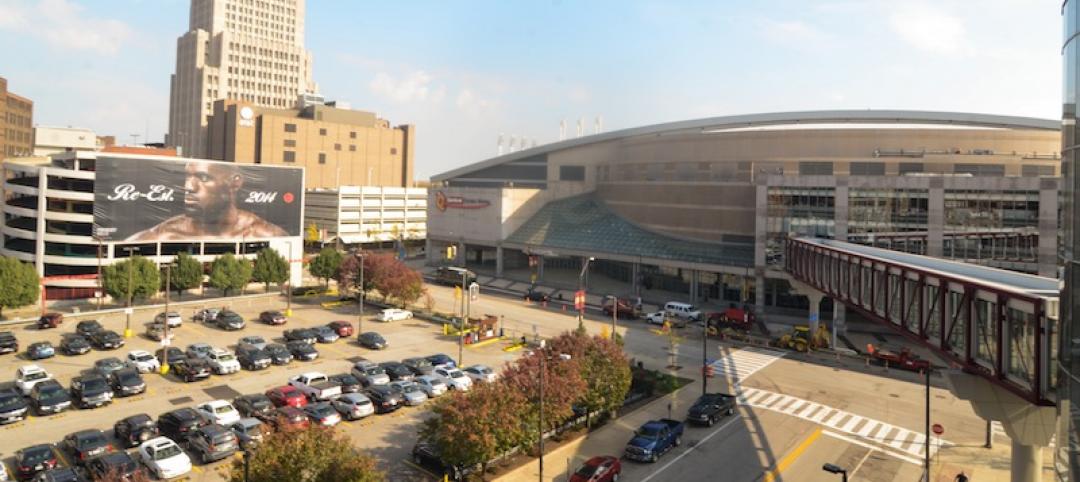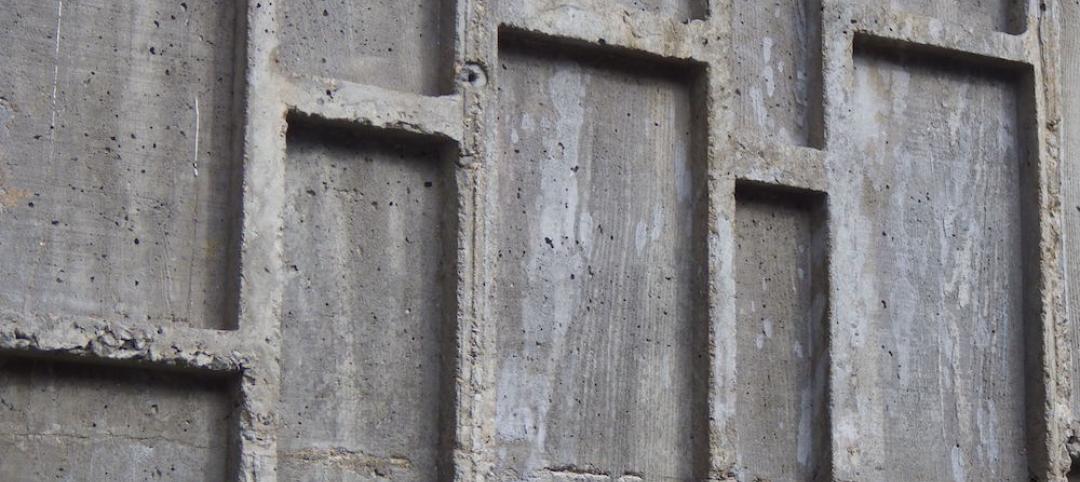September 1 marked the opening of downtown Phoenix’s newest restaurant and retail marketplace—and its latest commercial construction project to utilize decommissioned shipping containers as its primarily building form. The Churchill is a 14,000-sf urban infill development that caters to small Arizona-based businesses.
The development is the latest in a neighborhood to be constructed entirely from shipping containers, and the third shipping container project delivered by Phoenix-based design-build firm Local Studio.
The Churchill, located at 901 N. 1st Street, is comprised of 19 containers. Each maintains its original doors and wood floors, and parts of the containers were used to build the upstairs deck. The center courtyard is covered and cooled with evaporative coolers and large fans. Handcrafted tables and seats maintain the theme and were constructed with refurbished wood shipping pallets.

Photo courtesy Local Studio
“We saw The Churchill as an opportunity for placemaking in our own neighborhood,” said Local Studio Founder Brian Stark. “It’s an unexpected place that will bring people together to meet, eat, shop, and share experiences—and we wanted the structure itself to reflect that sense of community.”
The centerpiece of the development is 30-foot-tall steel container sculpture created by Phoenix artist Pete Deise. The container is propped up vertically on the southwest corner of the complex and features a paper-cutout aesthetic to expose the interior of the box.
Stark says container-based construction is not just about aesthetics. He says the steel corrugated boxes are more durable than common building materials, and structures made with containers can be erected in half the time.
“Using shipping containers is more than a trend—it’s been popular in Europe for decades,” said Stark. “These projects are built quickly, sustainably, and bring an authenticity to a neighborhood. Other cities are looking to Phoenix as a model for how to adapt their building codes to attract container projects.”
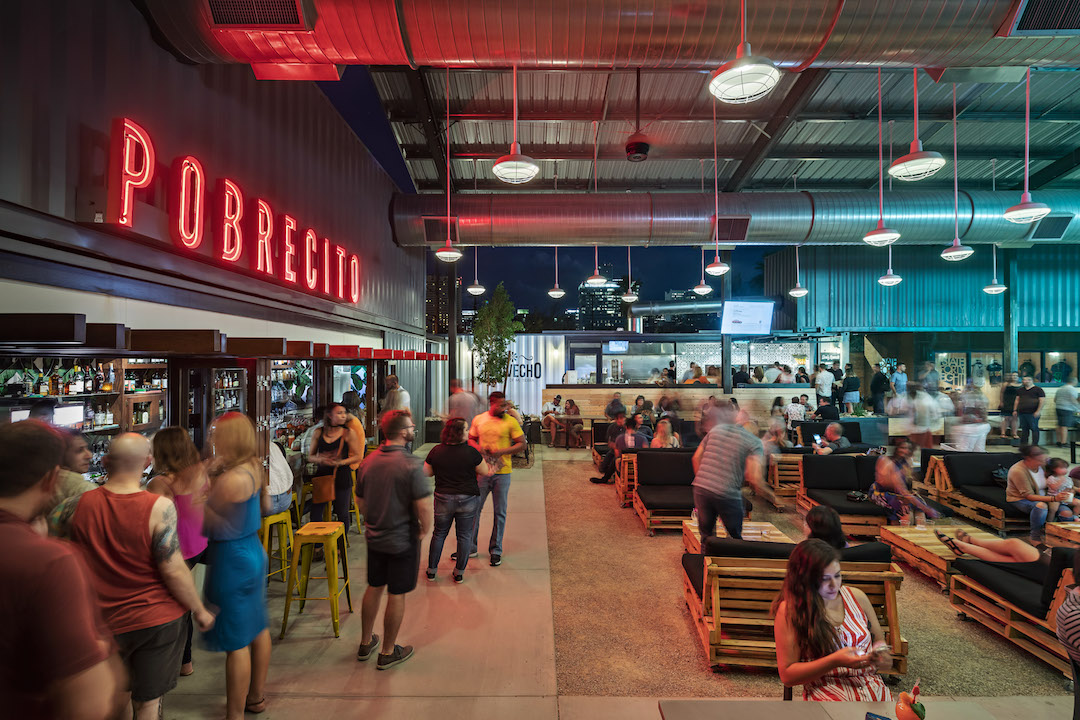
Photo courtesy Local Studio
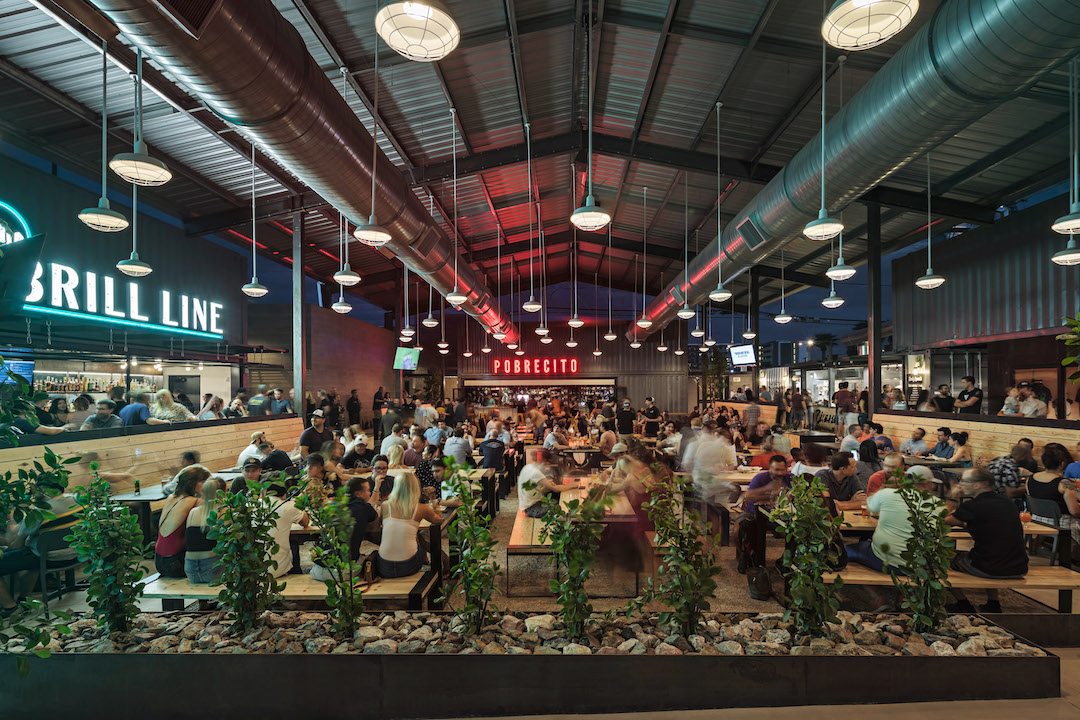
Photo courtesy Local Studio
Related Stories
Great Solutions | Jun 6, 2017
Good vibrations: Portable tuned mass damper provides lightweight, cost-effective way to reduce structural vibrations
Developed by a team at Virginia Tech, the PTMD has been shown to reduce vibrations by as much as 75%.
Building Tech | Feb 23, 2017
Designing an inclusive, automated city
How can cities of the near future put an emphasis on equality while also reaping the abundant benefits of technological progress?
Sponsored | | Jan 31, 2017
From devastation to hope in Haiti
GF Construction, led by Charles and Jerry Fombrun, designed an industrial manufacturing development in Haiti that spans one million square feet, providing both a bank and a medical facility for employees, and housing for staff.
Game Changers | Jan 19, 2017
Piezoelectric hits the road
GTRI recently got the OK from the Georgia Department of Transportation to test embedded PZ material supplied by Tencate in a stretch of road and rest stop surfaces at West Point, Ga.
Building Tech | Nov 9, 2016
Dubai to Abu Dhabi in 12 minutes: A hyperloop from Hyperloop One and BIG could make it possible
The pods can reach speeds of up to 1,100 kilometers per hour.
Building Tech | Aug 26, 2016
NBBJ’s Goldilocks sensor technology can help employees find a workspace that is just right
The technology measures light levels, humidity and temperature, motion, and sound.
Cultural Facilities | Aug 1, 2016
A retractable canopy at Hudson Yards will transform into a large performing and gallery space
The Shed could become the permanent home for New York’s Fashion Week event.
Building Tech | Jul 14, 2016
Delegates attending political conventions shouldn’t need to ask ‘Can you hear me now?’
Each venue is equipped with DAS technology that extends the building’s wireless coverage.
Sponsored | AEC Tech | Jun 9, 2016
With all these sharks in the water… (No Predictions Here...Part 2)
Rather than fighting to control the proliferation of apps, perhaps we should be training our eyes to look for signs of long-term viability among all the fins in the water
Building Materials | Jun 1, 2016
MIT study: Microscopic structure of natural materials can inspire better concrete
Bones and sea sponges are highly organized at the molecular level, while concrete consists of random composites.


